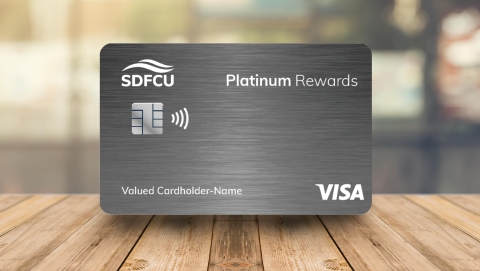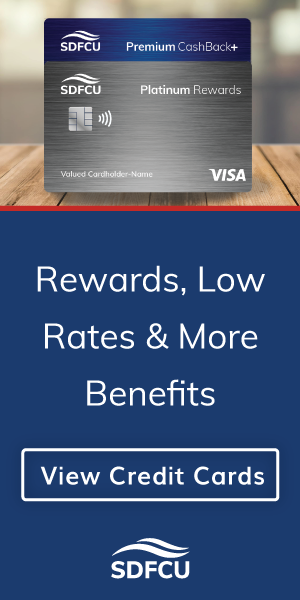As we approach the first month of a new year, it’s a good time to check in on your personal finances and take steps to manage any high-interest debt.
Many Americans are pulling out the plastic or typing in their digits to cover costs with credit cards. With sharp increases in credit card use this year, U.S. households saw their total debt increase by the largest margin in 15 years, according to a report from the Federal Reserve’s Consumer Credit Panel.
Remember, not all debt is bad. Home loans, for example, help us build equity for the future. But high-interest debt from credit cards and other types of loans should be reviewed regularly to see what can be paid down as quickly as possible. Here are some strategies to help manage your debt this year:
DIY Debt Consolidation
You may be able to consolidate several credit card debts by using a Balance Transfer, Home Equity Loan, or Home Equity Line of Credit (HELOC). Then, with the new, cheaper loan, use it to pay off credit cards, auto loans, or other debts with higher interest rates. By doing this, you could potentially cut how much you spend each month by hundreds of dollars.
Balance Transfers
You’ve likely heard of a balance transfer, which is when you move debt from one (or several) credit cards to another card with a lower interest rate. Your credit score comes into play here. The highest scores will help you qualify for cards with a very lowest APR. Remember, though, the super-low rate will end after a specified period, usually 12 to 18 months. Also, when you get a balance transfer card, it’s wise to only use it for what it was intended. That means avoiding new purchases. Tuck the card in a drawer or a safe place to help avoid the temptation to use it.
Home Equity Loans
This is a fixed-rate loan, where you take out money and then begin paying it back immediately. This can be a good option for people with a large chunk of equity in their homes.
Home Equity Line of Credit (HELOC)
This is a variable-rate loan that’s often tied to the prime interest rate. Because of that tie-in, if interest rates rise, so will monthly payments. One thing people like about taking out a HELOC is that the funds can be withdrawn as needed, instead of being required to take all the money at once. Typically, you pay back the money you take out, and are only charged interest on the funds you use. As with Home Equity Loans, they can be difficult to qualify for without substantial equity in your home.
Before you consolidate, remember that you’re essentially converting unsecured debt into a secured debt. This means that if you default – you are unable to pay your debts – the lender can take the asset attached to the loan.
Explore the competitive rates on our Credit Cards, Personal Loans, Home Equity Loans, and HELOC and discover how you can reduce your high-interest rate debt with SDFCU.










